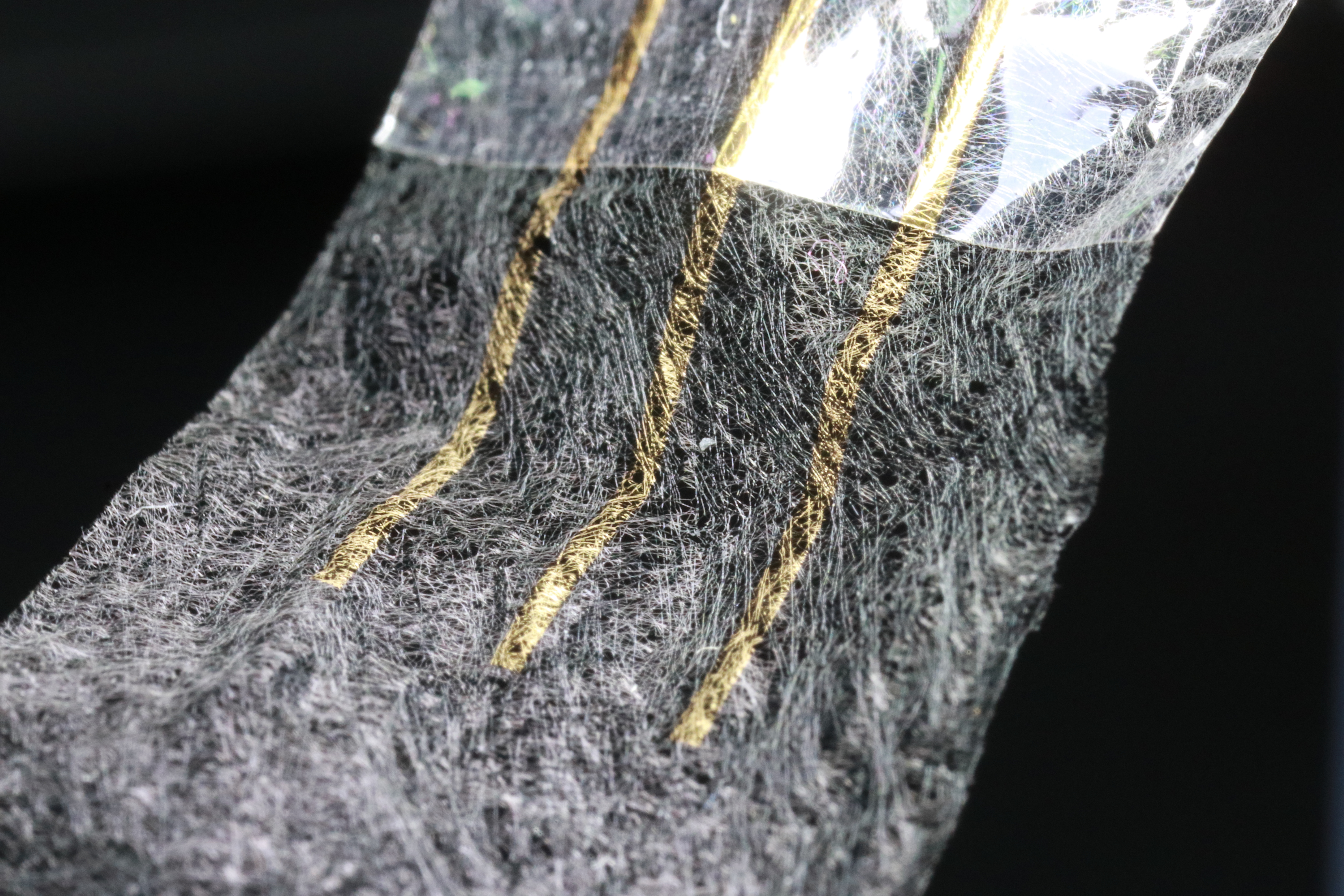Don’t go breaking my heart Engineers create delicate sensor to monitor heart cells with minimal disruption Research news

For the first time, engineers have demonstrated an electronic device to closely monitor beating heart cells without affecting their behavior. A collaboration between the University of Tokyo, Tokyo Women’s Medical University and RIKEN in Japan produced a functional sample of heart cells with a soft nanomesh sensor in direct contact with the tissue. This device could aid study of other cells, organs and medicines. It also paves the way for future embedded medical devices.
Inside each of us beats a life-sustaining heart. Unfortunately, the organ is not always perfect and sometimes goes wrong. One way or another research on the heart is fundamentally important to us all. So when Sunghoon Lee, a researcher in Professor Takao Someya’s group at the University of Tokyo, came up with the idea for an ultrasoft electronic sensor that could monitor functioning cells, his team jumped at the chance to use this sensor to study heart cells, or cardiomyocytes, as they beat.

The layer of cardiomyocytes is only a few tens of micrometers thick and contracts with a force of just a few millinewtons. ©2018 Someya Group
"When researchers study cardiomyocytes in action they culture them on hard petri dishes and attach rigid sensor probes. These impede the cells’ natural tendency to move as the sample beats, so observations do not reflect reality well,” said Lee. “Our nanomesh sensor frees researchers to study cardiomyocytes and other cell cultures in a way more faithful to how they are in nature. The key is to use the sensor in conjunction with a flexible substrate, or base, for the cells to grow on."
For this research, collaborators from Tokyo Women’s Medical University supplied a healthy culture of cardiomyocytes derived from human stem cells. The base for the culture was a very soft material called fibrin gel. Lee placed the nanomesh sensor on top of the cell culture in a complex process, which involved removing and adding liquid medium at the proper times. This was important to correctly orient the nanomesh sensor.
"The fine mesh sensor is difficult to place perfectly. This reflects the delicate touch necessary to fabricate it in the first place,” continued Lee. “The polyurethane strands which underlie the entire mesh sensor are 10 times thinner than a human hair. It took a lot of practice and pushed my patience to its limit, but eventually I made some working prototypes."
To make the sensors, first a process called electro-spinning extrudes ultrafine polyurethane strands into a flat sheet, similar to how some common 3D printers work. This spiderweb like sheet is then coated in parylene, a type of plastic, to strengthen it. The parylene on certain sections of the mesh is removed by a dry etching process with a stencil. Gold is then applied to these areas to make the sensor probes and communication wires. Additional parylene isolates the probes so their signals do not interfere with one another.

The sensor probes are formed by a 100 nanometer thick layer of gold as it is resilient and does not interfere with cell chemistry. ©2018 Someya Group
With three probes, the sensor reads voltage present at three locations. The readout appears familiar to anyone who’s watched a hospital drama as it’s essentially a cardiogram. Thanks to the multiple probes, researchers can see propagation of signals, which result from and trigger the cells to beat. These signals are known as an action or field potential and are extremely important when assessing the effect of drugs on the heart.
"Drug samples need to get to the cell sample and a solid sensor would either poorly distribute the drug or prevent it reaching the sample altogether. So the porous nature of the nanomesh sensor was intentional and a driving force behind the whole idea,” said Lee. “Whether it’s for drug research, heart monitors or to reduce animal testing, I can’t wait to see this device produced and used in the field. I still get a powerful feeling when I see the close-up images of those golden threads."
Papers
Sunghoon Lee, Daisuke Sasaki, Dongmin Kim, Mami Mori, Tomoyuki Yokota, Hyunjae Lee, Sungjun Park, Kenjiro Fukuda, Masaki Sekino, Katsuhisa Matsuura, Tatsuya Shimizu and Takao Someya., "Ultra-soft electronics to monitor dynamically pulsing cardiomyocytes," Nature Nanotechnology: December 31, 2018, doi:10.1038/s41565-018-0331-8.
Link (Publication )
)
Related links
- Graduate School of Information Science Technology

- Kawahara Laboratory

- Short film

- Japan Science and Technology Agency (JST)

- Exploratory Research for Advanced Technology (ERATO)






